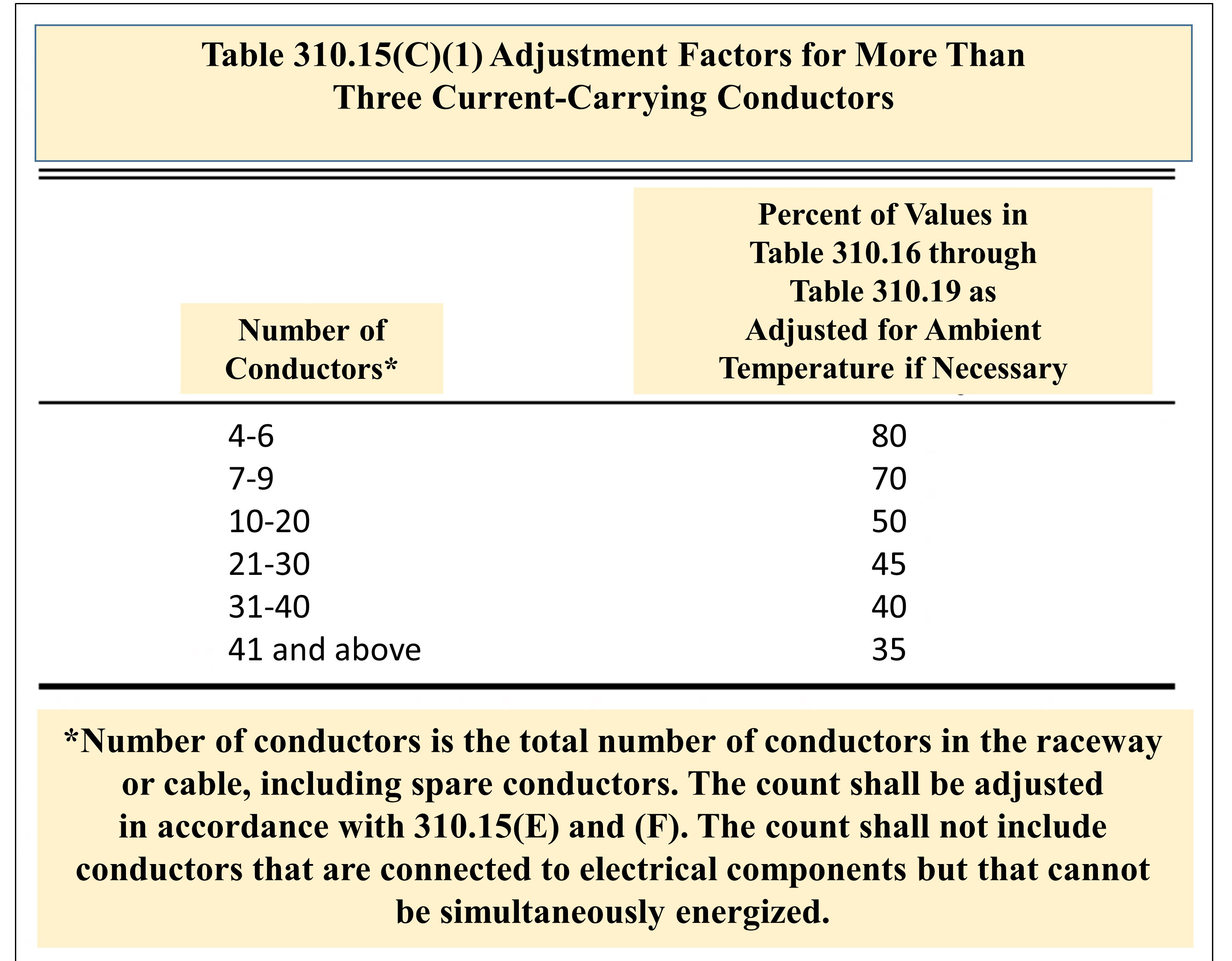@deludedaudiophile - actually my Helix DIY Cables perform extremely well and has been prefered by many people to some of the best commercial cables available, so they will not be going to the car just yet - but thanks for the tip
Just for your further edification - the Helix coil is attached to the neutral, so there is no impact to sonic performance.
- However, if Helix coil is connected to the Live side by accident - then you will hear anomolies
Here is some light reading pertaining to cable design - it’s a worthwhile read
https://www.psaudio.com/article/cables-time-is-of-the-essence-part-1/
https://www.psaudio.com/article/cables-time-is-of-the-essence-part-2/
https://www.psaudio.com/article/cables-time-is-of-the-essence-part-3/
Also - here is a link to a table showing the current carrying capacities of solid vs. several different stranded wire options.
Regards - Steve



